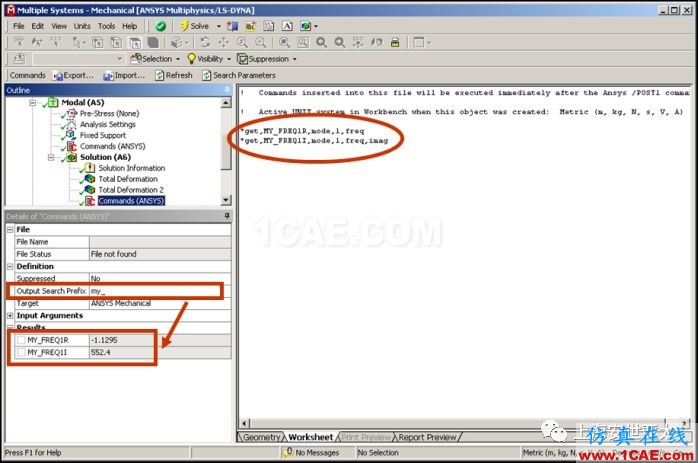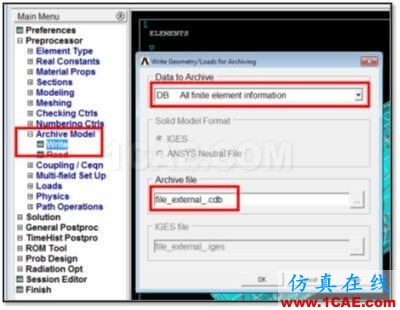

To be more robust and avoid size issues, you should use a string array, which you create with a *dim command:

You create a string parameter by using the parameter = method: The down side is that you are limited to 8 characters. Character parameters are nice because they don’t require indices when you use them, and you don’t have to define them with a *dim. Strings can either be stored as a character parameter or as a string array. – Dwight D Eisenhowerīefore we talk about manipulating strings, we should do some background on strings. Pull the string, and it will follow wherever you wish. There is also more information on this topic and all things APDL in PADT’s Guide to the ANSYS Parametric Design Language (APDL). You can find additional, more detailed information in the ANSYS Help, Mechanical APDL>ANSYS Parametric Deign Language Guide. In this article we will look at strings in APDL and how to work with them.

The ANSYS Parametric Design Language has a lot of features in it. The world is all gates, all opportunities, strings of tension waiting to be struck.


 0 kommentar(er)
0 kommentar(er)
